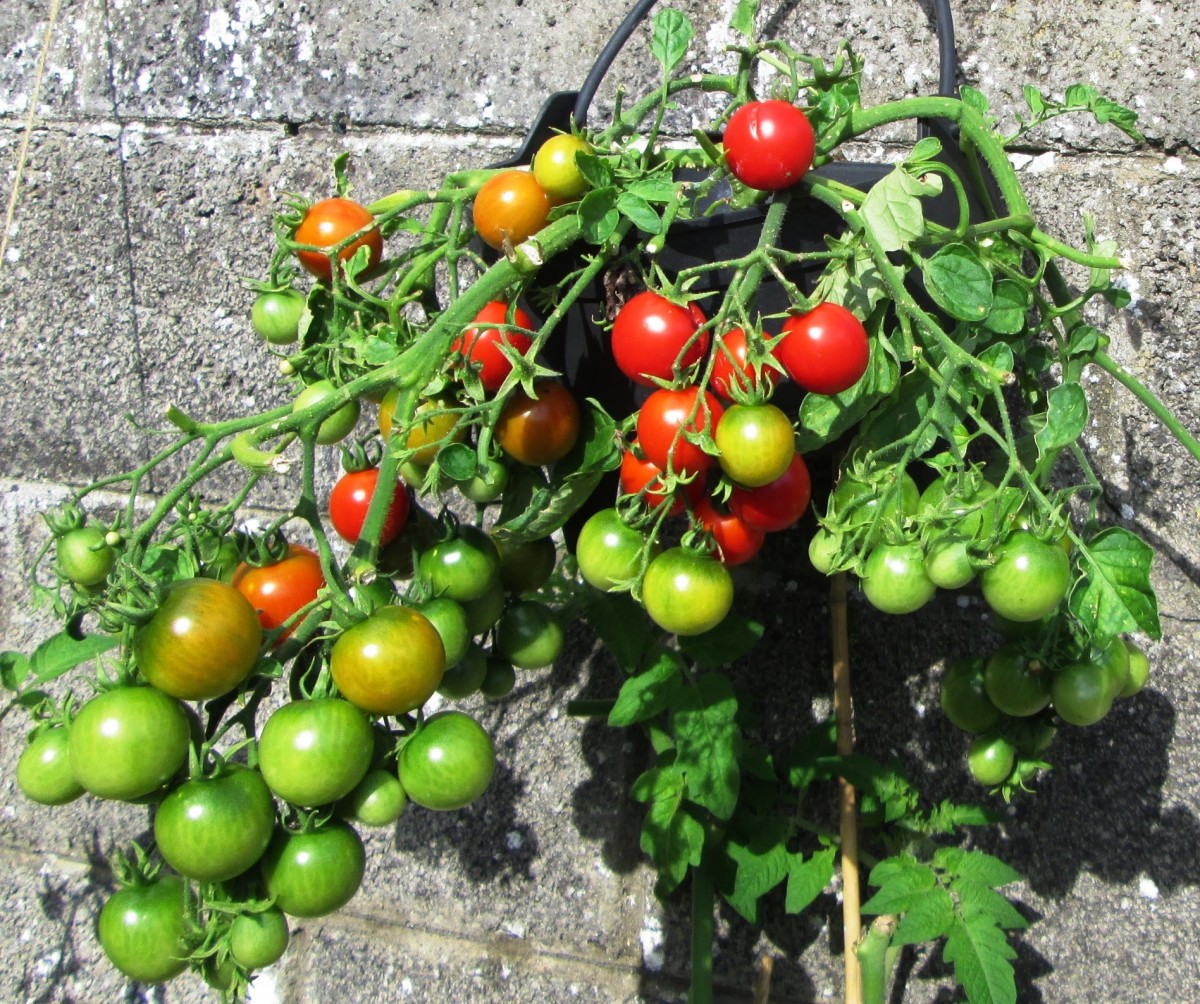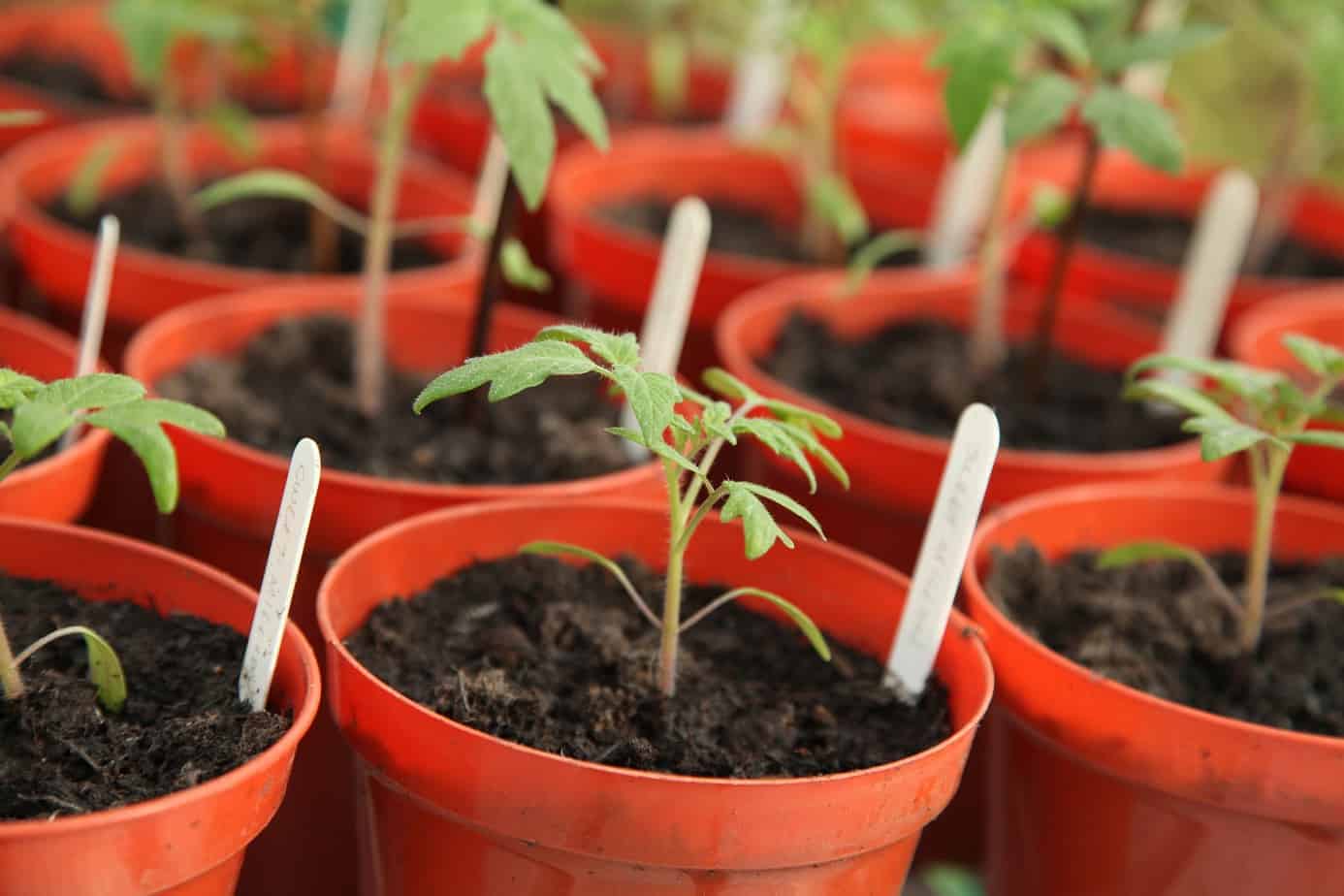The Joy of Growing Tomatoes: An Overview
Cultivating tomatoes in a garden is an immensely rewarding experience. The taste of homegrown tomatoes, with their rich flavors and juicy textures, is unparalleled. Moreover, the satisfaction of nurturing plants from seeds to fruit-bearing vines is unmatched. With a wide variety of tomatoes available, gardeners can choose from small cherry tomatoes, meaty beefsteak tomatoes, or plum-shaped roma tomatoes, each with its unique characteristics and uses.
Choosing the Right Tomato Varieties for Your Garden
Selecting the appropriate tomato varieties is crucial for a successful gardening experience. Factors such as climate, garden space, and personal preferences should guide your choices. By understanding the unique characteristics and ideal growing conditions of popular tomato types, such as cherry, beefsteak, and roma tomatoes, you can make informed decisions and enjoy a bountiful harvest.
Cherry tomatoes are small, round, and incredibly prolific. They are perfect for gardeners with limited space, as they thrive in containers and hanging baskets. Their sweet flavor and juicy texture make them an excellent choice for salads, snacking, and garnishing dishes. Cherry tomatoes typically require a warm climate and well-draining soil. Indeterminate varieties, which continue to grow and produce fruit throughout the season, are ideal for gardeners seeking a continuous supply of these delightful fruits.
Beefsteak tomatoes are large, meaty, and visually impressive. They are a favorite among gardeners who enjoy slicing tomatoes for sandwiches, burgers, and fresh eating. Beefsteak tomatoes require a longer growing season and more space than cherry tomatoes. They perform best in well-draining, fertile soil and full sun. Due to their size, beefsteak tomatoes are often grown as determinate varieties, which produce fruit all at once, making them suitable for canning and preserving.
Roma tomatoes, also known as plum tomatoes, are oval-shaped and have fewer seeds than other varieties. They are prized for their firm flesh and rich, tangy flavor, making them ideal for sauces, paste, and canning. Roma tomatoes are typically grown as determinate varieties, producing fruit in a concentrated period. They thrive in warm climates and well-draining soil, requiring ample sunlight and consistent watering to ensure optimal growth and production.
Preparing the Soil: Creating a Nurturing Environment for Tomatoes
The foundation of a successful tomato garden lies in the soil. Well-prepared soil is essential for healthy tomato plants, as it provides the necessary nutrients and moisture for optimal growth. The ideal soil composition includes organic matter and proper pH levels, ensuring that your plants thrive and produce an abundant harvest.
Organic matter, such as compost, aged manure, or leaf mold, improves soil structure, texture, and water retention. Incorporating organic matter into your garden soil before planting tomatoes offers numerous benefits, including increased nutrient availability, improved drainage, and enhanced soil microbial activity. Aim to add 2-4 inches of organic matter to your garden beds and mix it thoroughly with the existing soil to a depth of 8-12 inches.
The optimal pH range for tomatoes is between 6.0 and 6.8. Testing your soil pH is crucial, as a pH outside this range can limit the availability of essential nutrients, leading to poor plant growth and reduced fruit production. If your soil pH is too high (alkaline), you can lower it by adding elemental sulfur or sulfur-containing materials. Conversely, if your soil pH is too low (acidic), you can raise it by adding lime. Always follow the manufacturer’s recommendations for application rates, and retest your soil pH after several months to ensure it has reached the desired range.
Improving poor soil quality is essential for successful tomato cultivation. If your soil is heavy clay, sandy, or compacted, consider amending it with organic matter and other soil conditioners, such as perlite or vermiculite, to improve its structure and drainage. Additionally, consider incorporating green manures, such as clover or buckwheat, into your garden beds to add organic matter and improve soil fertility.
Planting Techniques: Sowing Seeds and Transplanting Seedlings
Proper planting techniques are essential for a successful tomato garden. This section will discuss sowing tomato seeds indoors, transplanting seedlings outdoors, and ideal planting dates, spacing, and depth. Additionally, we will cover using stakes, cages, or trellises for plant support.
To start tomatoes indoors, sow seeds 6-8 weeks before the last expected frost date in your area. Fill seed trays or pots with a seed-starting mix and plant seeds 1/4 inch deep. Keep the soil consistently moist and maintain a temperature between 70-80°F (21-27°C) for optimal germination. Once seedlings emerge, provide ample light, ideally from a grow light, to prevent leggy growth. Gradually harden off seedlings by exposing them to outdoor conditions for a few hours each day, increasing the duration over 7-10 days before transplanting.
Transplant seedlings outdoors when soil temperatures reach 60°F (15°C) and all danger of frost has passed. Space plants 18-24 inches apart in rows 3-4 feet apart. Plant seedlings deeply, burying 2/3 to 3/4 of the stem to encourage root development. Water thoroughly after planting to settle the soil around the roots.
Stakes, cages, or trellises provide support for tomato plants, keeping fruit off the ground and improving air circulation. Stakes are best suited for determinate varieties and require regular pruning to maintain a single stem. Cages and trellises are more versatile and can accommodate both determinate and indeterminate varieties without pruning. Choose a support system that suits your garden space, plant variety, and personal preference.
Nurturing Tomato Plants: Watering, Fertilizing, and Pruning
To promote healthy growth and maximize fruit production in your tomato plants, it’s essential to master the fundamentals of watering, fertilizing, and pruning. By focusing on even moisture, appropriate nutrient levels, and proper air circulation, you can ensure a bountiful and successful tomato garden.
Watering Tomato Plants
Tomatoes require consistent watering to thrive. Aim to provide 1-2 inches of water per week, adjusting for rainfall and evaporation. Water deeply and evenly, targeting the root zone rather than the foliage. This approach encourages strong root development and reduces the risk of fungal diseases. Utilize drip irrigation or soaker hoses to conserve water and promote healthy plant growth.
Fertilizing Tomato Plants
Tomatoes benefit from regular fertilization, particularly in poor soil conditions. Choose a balanced, water-soluble fertilizer with a ratio like 10-10-10 (nitrogen-phosphorus-potassium) and follow the manufacturer’s instructions for application rates. Side-dressing with compost or organic matter throughout the growing season can also provide essential nutrients. Avoid over-fertilization, as excessive nitrogen can lead to lush foliage at the expense of fruit production.
Pruning Tomato Plants
Pruning can improve air circulation, reduce the risk of disease, and direct the plant’s energy towards fruit production. Focus on removing suckers, the small shoots that emerge in the crotch between the stem and a branch. Regularly pinch off suckers on indeterminate varieties to maintain a manageable plant size and structure. Determinate varieties typically require less pruning, but removing lower leaves that touch the ground can help prevent disease.
Combating Pests and Diseases: Organic and Chemical Solutions
A healthy tomato garden can be compromised by various pests and diseases. By monitoring your plants regularly and employing organic or chemical control methods when necessary, you can protect your tomatoes from common issues such as hornworms, whiteflies, and early blight.
Hornworms
Hornworms are large, green caterpillars that can quickly defoliate tomato plants. Look for their distinctive droppings and damaged leaves to identify an infestation. Handpick hornworms from plants and drop them into a bucket of soapy water to control the population. Encourage natural predators, such as birds and beneficial insects, to help manage hornworms in your garden.
Whiteflies
Whiteflies are small, white insects that feed on the sap of tomato plants. They can cause stunted growth, yellowing leaves, and reduced fruit production. To control whiteflies, use insecticidal soap or horticultural oil, following the manufacturer’s instructions for application rates and frequencies. Reflective mulch can also deter whiteflies by disorienting them and preventing them from landing on plants.
Early Blight
Early blight is a fungal disease that affects tomato leaves, causing brown or yellow spots with concentric rings. It thrives in warm, wet conditions and can quickly spread in a garden. To prevent early blight, practice crop rotation, remove infected leaves, and maintain good air circulation around plants. Copper-based fungicides or biological fungicides can be used as a last resort to control the spread of early blight.
Harvesting Tomatoes: Knowing When to Pick and Store Your Bounty
Harvesting tomatoes at the peak of ripeness ensures the best flavor and nutritional value. Understanding the guidelines for color, firmness, and taste will help you determine when your tomatoes are ready to be picked and enjoyed. Proper storage techniques will also preserve the quality and longevity of your harvested fruit.
When to Harvest Tomatoes
Tomatoes display a range of colors depending on the variety, from deep red to orange, yellow, or even striped. Regardless of color, a ripe tomato should feel slightly soft when gently squeezed, indicating that the fruit has reached its full flavor potential. Avoid harvesting tomatoes that are overly firm, as they may not be fully ripe and will likely lack optimal taste. Taste testing is the best way to determine if your tomatoes are ready to be picked.
Proper Storage Techniques
Harvested tomatoes should be stored at room temperature, away from direct sunlight, to preserve their flavor and texture. Keeping tomatoes out of the refrigerator prevents chilling injury, which can cause the fruit to become mealy and lose its flavor. If you have an abundance of ripe tomatoes, consider sharing them with friends, family, or neighbors, or preserve them for later use through canning, freezing, or drying.
Preserving Tomatoes: Canning, Freezing, and Drying
Preserving your tomato harvest extends the enjoyment of your homegrown produce long after the growing season has ended. Canning, freezing, and drying are three popular methods for preserving tomatoes, each with its unique benefits and applications. By incorporating these techniques into your gardening routine, you can savor the taste of summer tomatoes throughout the year.
Canning Tomatoes
Canning is a time-honored method for preserving tomatoes, ensuring their quality and nutritional value for up to 18 months. To can tomatoes, first, prepare a hot water bath canner and sanitize your jars, lids, and bands. Fill jars with peeled, seeded, and chopped tomatoes, leaving 1/2-inch headspace. Add 1 tablespoon of bottled lemon juice or 1/2 teaspoon of citric acid per quart to ensure proper acidity levels. Process jars in a boiling water bath for 40-45 minutes for pints or 85-90 minutes for quarts. Allow jars to cool, check seals, and store in a cool, dark place.
Freezing Tomatoes
Freezing is a simple and convenient way to preserve tomatoes, requiring minimal equipment and preparation. To freeze tomatoes, first, wash and dry them thoroughly. Slice larger tomatoes into 1/2-inch rounds or halves, and leave cherry tomatoes whole. Place tomatoes on a baking sheet lined with parchment paper and freeze until solid. Transfer frozen tomatoes to airtight containers or freezer bags, removing as much air as possible. Frozen tomatoes will maintain their quality for up to 8 months and can be used in cooked dishes, such as soups, stews, and sauces.
Drying Tomatoes
Drying tomatoes intensifies their flavor, making them an excellent addition to various dishes, including pasta, pizzas, and salads. To dry tomatoes, slice them 1/4-inch thick and arrange them on dehydrator trays. Dry at 135-145°F (57-63°C) for 10-15 hours, or until leathery and dry to the touch. Alternatively, you can dry tomatoes in an oven set to the lowest temperature, leaving the door slightly ajar. Dried tomatoes can be stored in airtight containers for up to 1 year.








